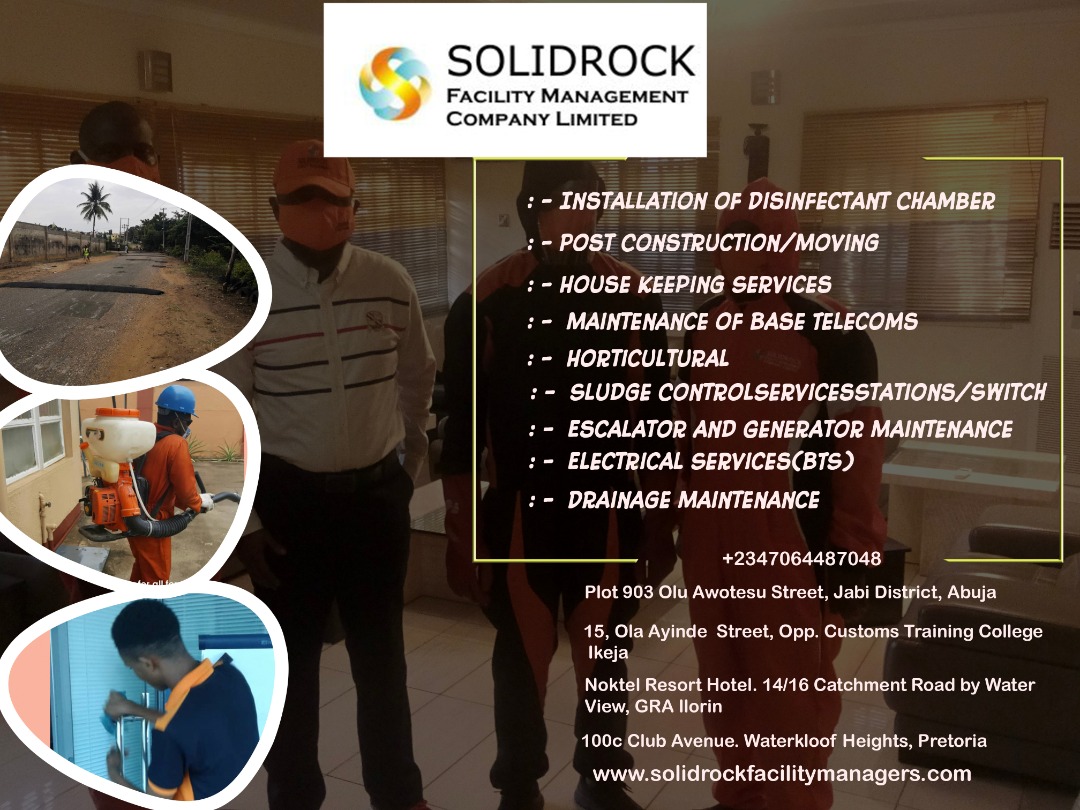Facility and Risk Management Tips presented by www.solidrockfacilitymanagers.com
Thinking of going digital? You are on the right path.
How Facility Managers Can Overcome Challenges In Digital Transformation
Training is key when it comes to facility managers using digital tools to help run facilities more efficiently.
Facility management is no stranger to digital transformation. In the past several decades, the profession has been revolutionized by the widespread adoption of emerging digital tools, making technological aptitude a necessity for facility managers (FMs).
Facility management is now a fundamentally technological trade—but there’s still work to be done when it comes to digital adoption. And although there are challenges associated with onboarding new digital tools, the solutions outweigh them in the long term.
KEY CHALLENGES IN GOING DIGITAL
Digital transformation is not without its challenges.
A primary challenge is training and onboarding. It takes time and effort to get employees up to speed with new digital tools and can cause an initial dip in productivity.
A second challenge is a resistance to change in the workplace. It can be difficult to pitch a new tool that will break employees’ normal workflow, and most digital tools need to see widespread or complete adoption before they can deliver their full value.
What organizations hope to gain in efficiency they might lose at first as people overcome that resistance to change and training gap.
To combat these challenges, organizations need a clear plan of how new digital tools will meet the needs of both the business and the employees using them each day.
Technology can help educate newer FMs seeking to advance their careers by providing interactive and accessible online training resources. When learning about fire and life safety codes and standards, for example, FMs can leverage platforms’ built-in videos, interactive modules, industry-specific content, situational navigation, and more anywhere at any time. Digital tools put the source of knowledge in employees’ hands, allowing them to be more independent in their decision making and ambitious in their career trajectory.
There are several ways digital tools can provide value in this sense. For example, digital tools can ensure FMs are involved early in the design and construction process to drive greater long-term benefits for the facility. FMs add significant value to their organizations and stakeholders by providing a keen perspective on long-term maintainability, safety, and cost of operations. New technology can enable teams to collaborate on building plans and progress in one centralized location—whether they’re on-site or not. With increased visibility into the activities of designers, architects, and engineers, FMs can provide strategic input on things like equipment selection and mechanical systems before it’s too late.
In any instance where an organization is introducing new, unfamiliar tools and breaking workflows, there are bound to be hiccups and bumps in the road. The key is finding the right tools that are worth those possible initial setbacks. To foster buy-in across the organization, leaders need to ensure new digital tools have a clear and relevant value proposition and are easy to use. Ultimately, digital resources should be intuitive and helpful, not a burden. For FMs, collaboration, efficiency, accuracy, and safety are paramount—so it’s important to only invest in tools that serve those ends.
At Solid Rock, we are behind your business success www.solidrockfacilitymanagers.com




